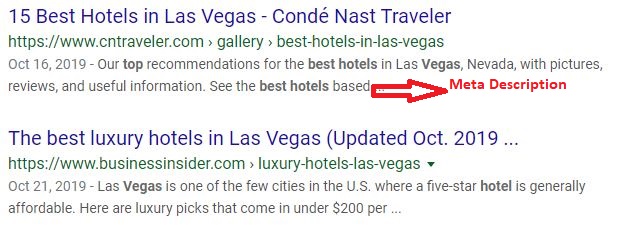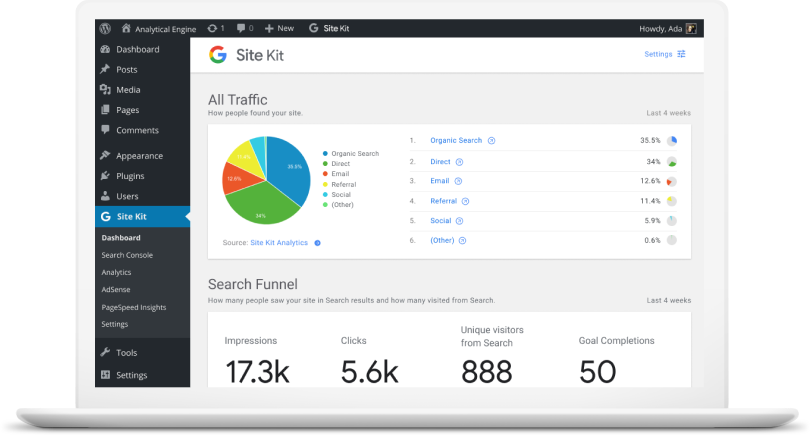The Anatomy of a Top Quality Blog Post
So what should be included in a typical blog post? Let’s go with a medical metaphor. If a blog post outline were a skeleton, its structure would be comprised of ten key points. Here’s a look at each of them:
- A solid topic and focus keyword. Choose a blog post topic that’s somehow beneficial to your readers, then find a related keyword that’ll help anchor your topic and help both humans and search engine spiders know what your blog post is about.
- Compelling headlines and subheadings. It takes time to learn how to write headlines that’ll grab your readers’ attention, but it is an essential skill, because your headline is often the difference between a click or a pass. And since most site visitors scan blog posts, the same concept holds true for subheadings.
- Proper formatting. Depending on the type of blog post you write, what’s considered ‘proper’ formatting will vary. That said, in general, you’ll want to use subheadings (h2, h3, and so on) and incorporate bold, italics, lists, and other similar elements to provide variety within your blog posts.
- Meta descriptions. These are summaries that show up in search engine results; they’re also used by social media and social bookmarking websites. Yours should be no longer than 159 characters (including spaces). Meta descriptions aren’t as important in terms of SEO, but they let your readers know what to expect when they come across your page in search engines or on social media websites.

- Media. Every post should include at least one image, and other forms of media if possible. Videos, infographics, podcasts, and audio files enhance the reading experience and encourage social sharing. Also, not all of your site visitors will be able to read every post; some might need to listen to a podcast as they work out or commute to work. As you get to know your audience, your choice of media should become more targeted.
- A conclusion and call to action. Conclusions help readers digest your blog content and decide what to do next, and a call to action encourages readers to engage with your blogging community.
- Appropriate linking. Aside from making you look unprofessional, broken links can lead search engine crawlers to believe that your website is untrustworthy, which can cause your site rankings to plummet. WordPress plugins like Broken Links Checker can scan your website to ensure that internal and external links are working properly.
- Categories and tags. Aside from helping you structure blog post topics, categories communicate to search engines the core concepts written about on your blog. Similarly, tags have a broader reach and should incorporate related terms.
- Editing. Regardless of how many times you read your article in the visual or text editor, reading it as a WordPress preview should definitely be part of your routine. This is the best way to edit and proofread your blog post because it allows you to see the bigger picture and pick up on typos, structural problems you would have otherwise missed.
- Scheduling. You’re not writing something that you’ll publish straight away, right? Of course not – your editorial calendar is planned out in advance. With that in mind, once you’ve finished a post, you need to schedule it!
There you have it – a reliable structure for every WordPress blog post you publish. Depending on your blog topic, audience, and business goals, you may need to make additions or otherwise alter this list. That said, if you incorporate what’s described above, you’re off to a good start.
Source Credit https://www.wpexplorer.com/wordpress-blog-post-checklist/







